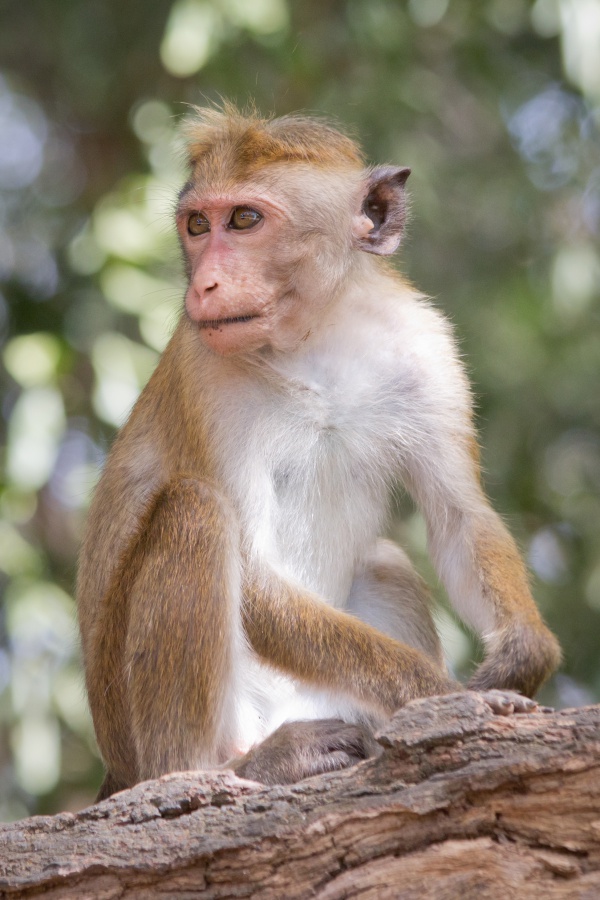Facts About Toque Monkey
The toque macaque, an Old World monkey endemic to Sri Lanka, is locally referred to as the rilewa or rilawa. This species is classified into three subspecies: *Macaca sinica sinica*, *Macaca sinica aurifrons*, and *Macaca sinica opisthomelas*, each indigenous to distinct regions of Sri Lanka.
Toque macaques are captivating animals with organized social hierarchies and intricate behaviors. They form groups with well-defined dominance structures, exhibiting complex social dynamics and reproductive strategies. Females display physical signs when they are ready to mate in order to attract males. The gestation period for a toque macaque lasts approximately 5-6 months, and females typically give birth every 18 months. Young macaques acquire crucial survival skills from their mothers and inherit their social rank.
To prevent inbreeding, young males leave their natal troops at around 6-8 years of age. These macaques have a diverse diet that includes fruits, flowers, insects, and small animals. They frequently forage near human settlements and use their cheek pouches for food storage. Their natural predators include wild cats and pythons. In the wild, toque macaques can live up to 35 years, although they are subject to high infant mortality rates.
Regrettably, the toque macaque is classified as endangered by the IUCN. Habitat destruction, hunting, and the pet trade significantly threaten their survival. Conservation efforts are crucial to safeguarding these monkeys. Additionally, studies have indicated that toque macaques may carry antibodies to *Toxoplasma gondii* and could potentially serve as reservoirs for the dengue virus. This highlights the importance of understanding disease transmission in wildlife populations to protect both animal and human health.

 India
India